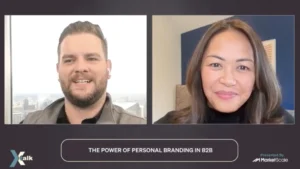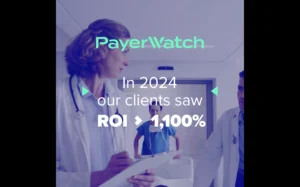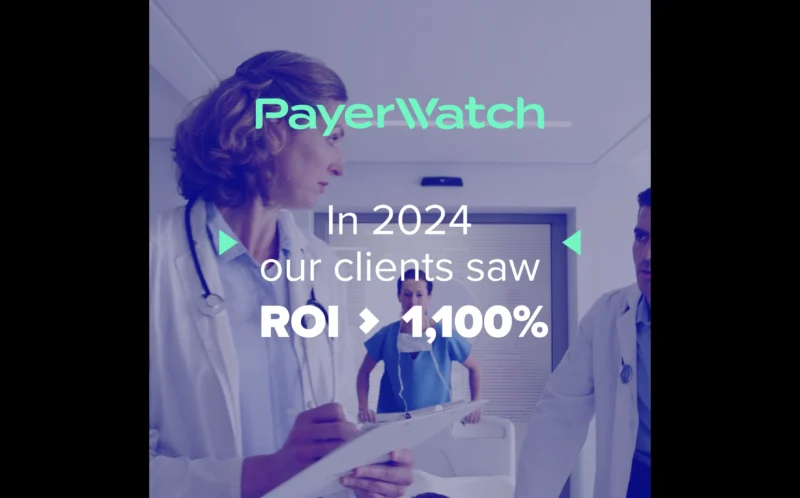Technical debt: A growing concern in healthcare
Better technology, new software, and mergers and migrations are having a significant impact on the IT operations of hospitals and healthcare systems across the country. As healthcare providers continue to adopt and integrate new applications designed to solve a bevy of problems and improve efficiency, a new challenge has emerged: technical debt.
What is technical debt?
This term is also known as software or code debt. Technical debt accrues when an IT professional uses a quick fix in software or when creating interfaces. This band-aid solution will require updates and repairs in the future. Some professionals knowingly take debt on to fix an immediate problem or when a quick solution may result in significant gains in a short time. However, the debt is often completely unnecessary.
Like with a credit card or personal loan, technical debt comes with interest. Over time, it can cost significantly more hours spent coding to fix the initial patch than it would cost to solve the problem correctly in the first place. Also, as with a personal credit card, software debt can add up quickly and cause a tidal wave of issues.
As it relates to interfaces, technical debt can be reduced or eliminated by adhering to healthcare standards.
How technical debt affects healthcare
Hoarding code debt hasn’t hit the healthcare industry yet as hard as it has other industries. However, healthcare organizations are every bit as susceptible to the problems of technical debt as other businesses.
As a health IT professional, imagine all the code you and your team has written in your career. Now, consider the many places that your code still runs and how many times someone else has had to change that code to meet expanding needs. It’s easy to see that technical debt is building up in our industry. It’s also easy to see why some interface teams are reluctant to integrate new applications.
As more healthcare companies merge, consolidate, and expand, more IT professionals will need to write additional code to combine and scale whole systems. Eventually, technical debt from custom code will become completely unmanageable. When you consider that the health and safety of patients remain on the line, this compounding disorder is an unnecessary risk.
Technical debt = real money
Not only can you use monetary debt as an analogy for software debt, but significant technical debt can also have dire effects on the bottom line. In fact, just one line of code in debt can cost $3.61 in the long run. When you’re running Java, that cost jumps to $5.42 per line. Once again, think back to the many lines of code you have written in your career and consider how many will need reworking. The costs add up as superfluous hours of IT time must be spent unraveling messy code.
The solution is better software
If you prefer not to accrue debt when purchasing a fancy new television or car, you save up your money and pay cash instead. While it may take longer to achieve your purpose, it will cost less in the long run. The same idea goes for technical debt. To avoid taking on too much code debt, explore the correct solution whenever possible. The investment is well worth the effort down the line.
Corepoint Integration Engine helps healthcare IT professionals do precisely that. Rather than relying on an open coding environment, the engine allows interface creation in a standards-based GUI environment. This method eliminates the need for hastily written code that future staff won’t understand. Of course, for the 5% of interfaces that require custom code, our engine allows for this as well. It’s all the flexibility you need without the technical debt.
All interfaces in Corepoint engine adheres to HL7 standards, which allows any analyst or developer to look at an interface in the engine and find a reliable solution to the issue at hand. When the quick fix is also the right fix, everything runs better.
Learn more about the Corepoint engine and how it can help your business.
Read more at corepointhealth.com








